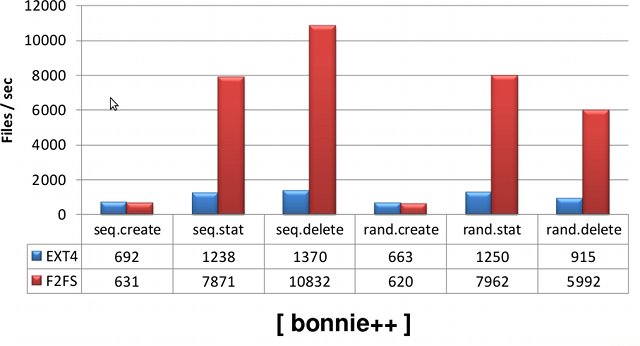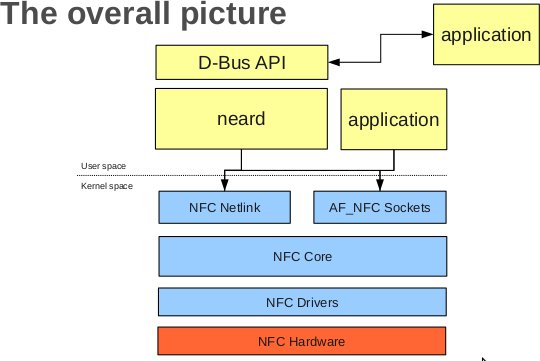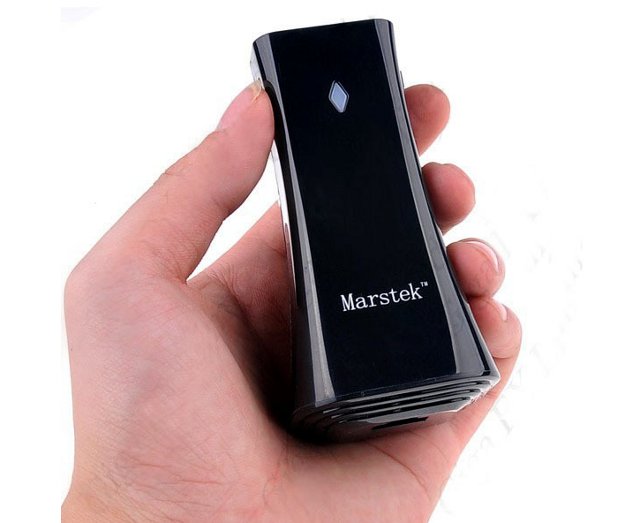Peter Stuge, self-employed hardware, software and security consultant, talks about OpenOCD open source tool for JTAG debugging at ELCE 2012 in Barcelona. Abstract: The presentation walks through how to use the OpenOCD open source software to debug embedded systems on the hardware level via JTAG interface, allowing single stepping, setting breakpoints, inspecting register and memory contents and more, starting before the CPU even executes the first instruction. After an introduction to JTAG debugging we look at how to use OpenOCD both standalone for firmware flashing as well as together with the GDB GNU Debugger for convenient debugging of bootloaders or the Linux kernel. These tasks will be demonstrated, and the respective OpenOCD configuration details will be explained.The presentation targets intermediate-level developers who work on bootloaders, BSPs and kernel drivers, deeply embedded systems, and test and production engineers with an interest in using OpenOCD, which can allow unified tooling across all […]
F2FS – A New Flash File System for Mobile Devices – ELCE 2012
Joo-Young Hwang, principal engineer at Samsung, presents F2FS (Flash-Friendly File System), a new file system designed for storage in mobile devices at the Embedded Linux Conference in Barcelona, Spain, on November 5, 2012. Abstract: Recent mobile devices adopt various flash storages as a primary storage. File system support for those flash storages is a must for flash device performance and lifespan. I will present a new file system, called F2FS, designed for mobile flash storages. F2FS is designed considering the characteristics of the underlying flash storage which has flash translation layer (FTL). F2FS outperforms EXT4, which is a popular file system for Android phones, in most of benchmarks. I will describe motivation, design, and implementation of the file system, then show performance comparison data with EXT4. Target audiences are those who are interested in file system support for flash storages such as eMMC and SSD. Kernel and file system expertise […]
Modular Graphics on Embedded ARM – ELCE 2012
Philipp Zabel, kernel developer at Pengutronix, discusses about graphics and video support for Linux on embedded SoCs at Embedded Linux Conference Europe 2012. Abstract: Porting Linux to new ARM based application processors has recently become easier than ever: the kernel gained many new frameworks like common-clock, oftree and pinmux. However, things get complicated when it comes to high end embedded graphics units.Those graphics systems tend to be composed of a multitude of on-SoC functional blocks that can operate on shared graphics buffers and video signals, as well as off-SoC encoder/converter chips that can be mixed and matched with any SoC.The old framebuffer is certainly not enough for today’s hardware any more, while modern frameworks like KMS and DRM have their own hassles on non-PC style graphics systems.The talk outlines issues we found while working on graphics and video support for the MX53 and MX6 CPUs and gives suggestions for possible […]
Embedded Linux Boot Time Optimizations – ELCE 2012
Alexandre Belloni, embedded Linux engineer and trainer at Adeneo Embedded, gives a presentation about different techniques to optimize boot time for Embedded Linux at ELCE 2012. He also explains how they’ve measured the boot time. Abstract: A common problem faced when embedding Linux is the long boot time before the system is functional. There are many ways to improve boot up time. For a particular project, we had to answer a CAN message from Linux userspace in less than 420 ms from going out of CPU reset. We will describe our methodology and the techniques we finally chose to implement in that particular use case. We will also detail how we measured the boot time efficiently. A live demo will show the results of our work. More specifically, Alexandre discusses two projects at Adeneo where boot time was critical: An automotive platform based on Freescale i.mx53 needs to reply to […]
Inside Android’s User Interface – ELCE 2012
Karim Yaghmour, Opersys inc, talks about the internals of the Android user interface at Embedded Linux Conference Europe on November 5, 2012. Abstract: Android is a very complex stack comprising several dozens of novel components and moving parts. Still, it’s intrinsically a user-centric system and, therefore, its parts which deal with user interface are of special interest for anyone aiming to put Android in a device. This talk will examine the internals of Android’s user-facing components. Specifically, we will cover the inner-workings and interactions of the Window Manager, Surface Flinger, Input Method Manager, and the rest of the system. We will also cover key display and input components such as the Status Bar, Soft Keyboard and Notifications. This talk will be especially useful to developers intending to use Android in user-facing embedded systems, those needing to implement support for their graphics hardware and anyone interested in the internals of Android’s […]
Near Field Communication with Linux – ELCE 2012
Samuel Otiz, software engineer at the Intel Open Source Technology Center, talks about NFC support for Linux at the Embedded Linux Conference Europe in , on November 5, 2012. Abstract: Linux recently gained support for NFC (Neard Field Communication), and this presentation will describe the status of the current NFC stack in terms of actual features, hardware support and also distribution availability.After showing how this stack is architectured, we will also explain what our long and short term plans are. NFC hardware is typically found on mobile devices, many of them running Linux or Android. Up until recently, only Android provided a real and viable software support for those chipsets. During this presentation I will show how the Linux NFC stack is now getting on par with the Android stack features and API wise and how its design allows for an already broader range of supported chipsets. The presentation is divided into […]
Are We Headed for a Complexity Apocalypse in Embedded SoCs? – ELCE 2012
Free-electronics has made nearly 50 videos of Embedded Linux Conference Europe 2012 available at http://free-electrons.com/blog/elce-2012-videos/ in webM format. I’ll upload the ones I find most interesting to Youtube to make them accessible to a larger audience, and post them in this blog together with a short summary, and links to presentation slides when available. I did the same last year, so you can have a look at ELCE 2011 videos if you wish. Some 2012 videos are just an update from 2011. The first video is a keynote by Matt Locke, the Director of the Linux Developer Center at Texas Instruments, about the future of Embedded SoCs. First, he compares the block diagrams of a Power PC chip from 1995 and the latest TI OMAP 15 SoC. In the former, we can see the details of the architecture, but in the latter, we can only see an overview as it has […]
$14 Marstek MPR-N9 WiFi/3G Router with 2,400 mAh Battery
One of my readers (Onebir) brought Poray M3 mini Router to my attention a few days ago, as it just cost $17 at the time (now over $20) and OpenWRT developer Squonk seems very interested about it since it features microSD and SD card slots missing in TL-WR703N. However, the device only has 16 MB memory which makes it somewhat difficult to run OpenWRT, or at least some of its features. But today, I’m not going to talk about this. Mentions of Poray M3 router came in HAME MPR-A1 OpenWRT forum thread, and I discovered a new (to me) type of low cost, small form factor device: portable Wi-Fi/3G routers. Those devices are about the size of android mini-PC and contain the chips to handle Wi-Fi, USB host (for external 3G dongle), and comes with a built-in battery so that you can use them anywhere (beach, mountain, car…), as long […]









